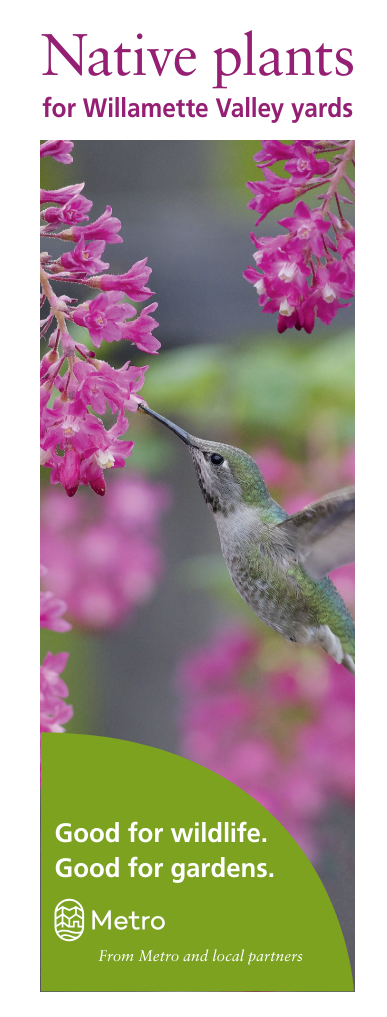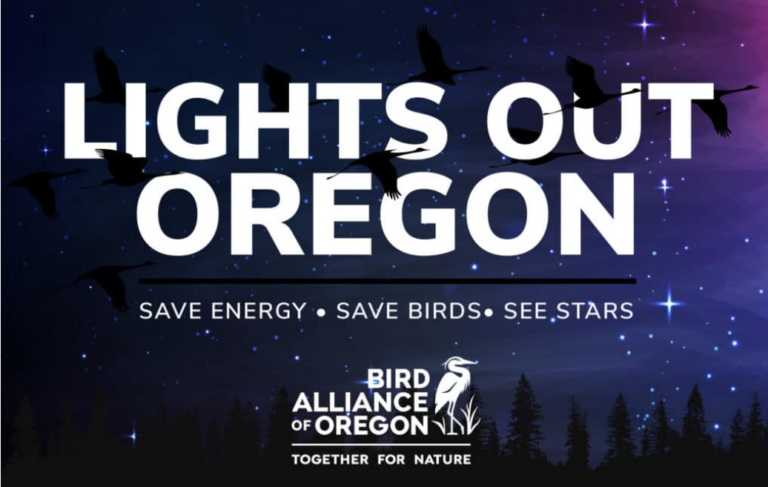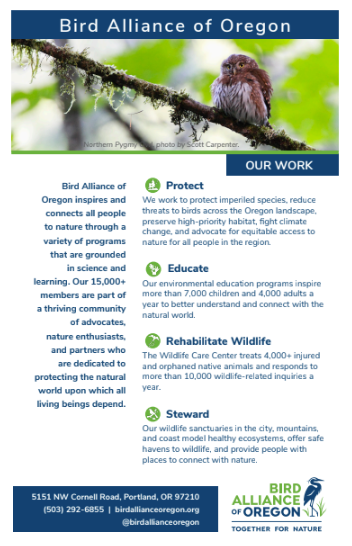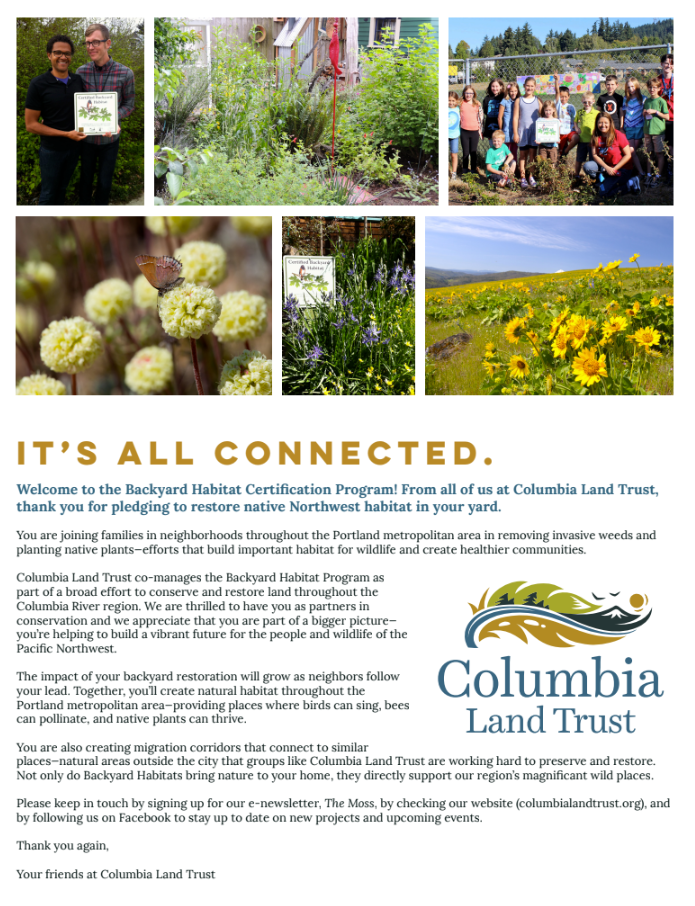Blog
Las plantas nativas se adaptan al clima y son naturalmente resistentes a las plagas y enfermedades nativas. Requieren menos agua y no necesitan aplicaciones químicas para que prosperen. El uso…
Todas las plantas afectan su entorno. Las plantas invasoras que no son nativas de esta área pueden dañar la infraestructura, la salud de las personas, los recursos naturales y el…
When shopping for native plants, you may notice variations on how plants are named. What do these variations mean and which ones are best for supporting wildlife? Here are a…
Integrated Pest Management (IPM) is a multi-step pest control approach that aims to reduce pests while minimizing the use of pesticides. It involves identifying potential pests and implementing plans to…
Every cat deserves a safe home where they are loved, cared for, and kept free from hazards, yet tens of thousands of stray and feral cats roam our urban landscape,…
Visit the Certification Criteria page on our website or this PDF document, which details the same information.
Naturescape for clean rivers and for wildlife habitat! Native plants are adapted to the climate and are naturally resistant to native pests and diseases. They require less water and need…
Plants that are not native to our area reproduce rapidly and can spread quickly from yards and roadsides into parks and natural areas. Once there, they can inhibit the establishment…
The native plants for Willamette Valley yards booklet includes 140 plants primarily native to the Portland metropolitan area. The guide offers detailed information on sun and moisture requirements, wildlife benefits,…
Bird Alliance of Oregon’s Lights Out program helps reduce the impacts of light pollution on birds, mammals, fish, amphibians, reptiles, plants, and humans. It also saves energy and money, reduces…
Article by Bird Alliance of Oregon
On behalf of our two organizations, Columbia Land Trust and Bird Alliance of Oregon, Backyard Habitat wants to thank you for joining the thousands of other yards and greenspaces in…
Bird Alliance of Oregon co-manages the Backyard Habitat Program. Bird Alliance inspires and connects all people to nature through a variety of programs that are grounded in science and learning.…
Columbia Land Trust co-manages the Backyard Habitat Program as part of a broad effort to conserve and restore land throughout the Columbia River Region. For more ways to engage with…
Handout by the BHCP.
Recorded presentation (4 1/2 minutes) explaining naturescaping in the context of the program.
Un documento descargable que le permite llevar la cuenta de las plantas nativas que ha agregado a su jardín.
Tracking sheet to use to keep track of how many native plants you add to your yard
Handout to help you use the Grow Smart Grow Safe website.
















